extension cords
kwhoughton
13 years ago
Related Stories
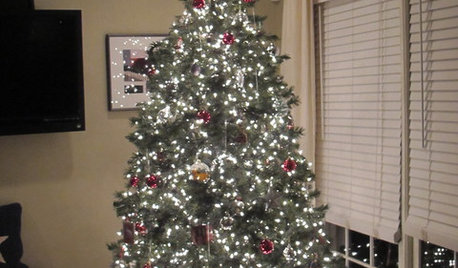
CHRISTMASHow to Light Your Christmas Tree Like a Pro
Give yourself frustration-free tree lighting this year — the trick is clever cord management
Full Story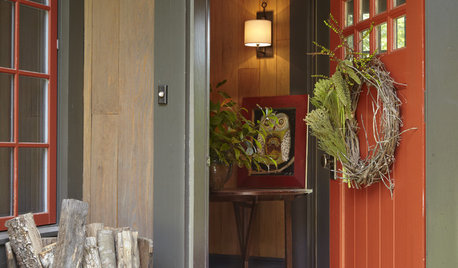
STORAGEStylish Log Storage for Traditional Homes
From one fire's worth to a full cord, these wood-storing options will have you stacking in style
Full Story
TINY HOUSESHouzz Tour: A Custom-Made Tiny House for Skiing and Hiking
Ethan Waldman quit his job, left his large house and spent $42,000 to build a 200-square-foot home that costs him $100 a month to live in
Full Story
GREAT HOME PROJECTSPower to the People: Outlets Right Where You Want Them
No more crawling and craning. With outlets in furniture, drawers and cabinets, access to power has never been easier
Full Story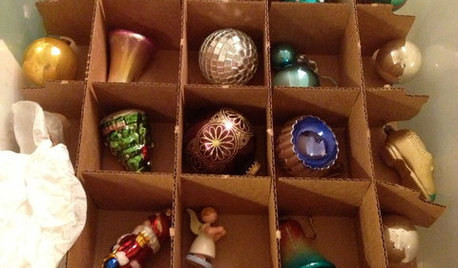
HOLIDAYSChristmas Cleanup Tips for the Not Naturally Organized
Dreading the postholiday chores? First let yourself unwind. Then grab some boxes, a few supplies and this easy guide
Full Story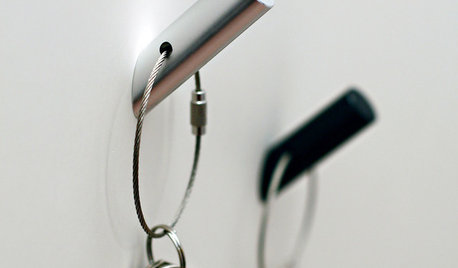
PRODUCT PICKSGuest Picks: Household Basics That Don't Do Boring
You'll never look at can openers, filing cabinets, key holders and more the same way again
Full Story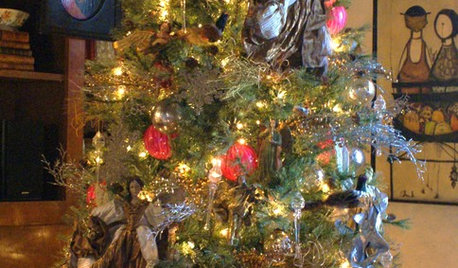
HOLIDAYSChristmas Tree Decorating the Painless Way
Holidays are for carols, not cussing. Make tree trimming less work and more fun with this guide at your side
Full Story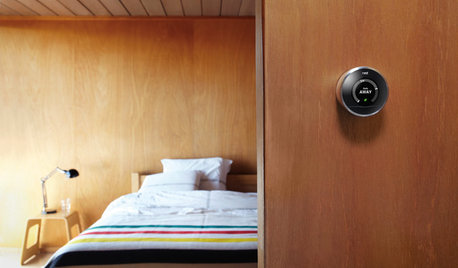
ACCESSORIESEveryday Home Must-Haves Beg for a Makeover
The Nest's much-improved take on the thermostat has us pondering reinventions of other necessities around the house
Full Story
MOST POPULAR8 Ways to Get a Handle on the Junk Drawer
Don’t sweat the small stuff — give it a few drawers of its own, sorted by type or task
Full Story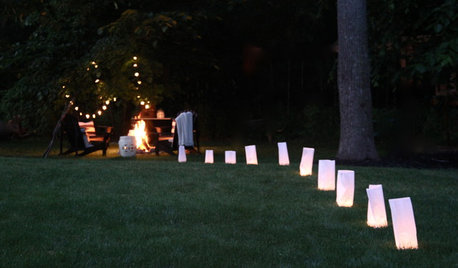
ENTERTAININGHost a Laid-Back Girls’ Night in Your Own Backyard
Give the high heels a rest with a low-key, intimate gathering under the stars
Full Story









wayne440
randy427
Related Professionals
American Canyon General Contractors · Davidson General Contractors · Erie General Contractors · Hammond General Contractors · Seguin General Contractors · Syosset General Contractors · Wolf Trap General Contractors · Joppatowne General Contractors · Baileys Crossroads General Contractors · Arlington Handyman · Bel Air Solar Energy Systems · Ashburn Home Automation & Home Media · Minnetonka Home Automation & Home Media · Philadelphia Home Automation & Home Media · Weston Home Automation & Home Mediahrajotte
brickeyee
hrajotte
steve_o
brickeyee
steve_o
brickeyee